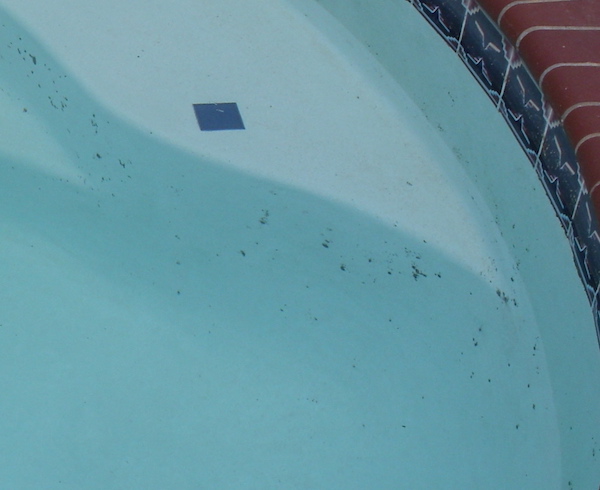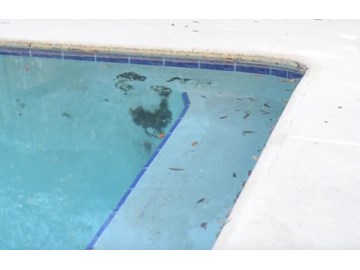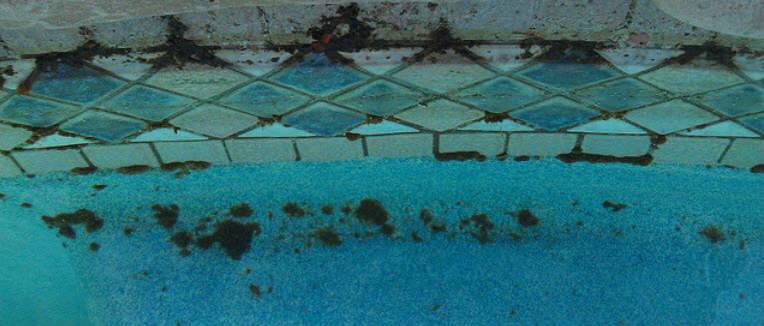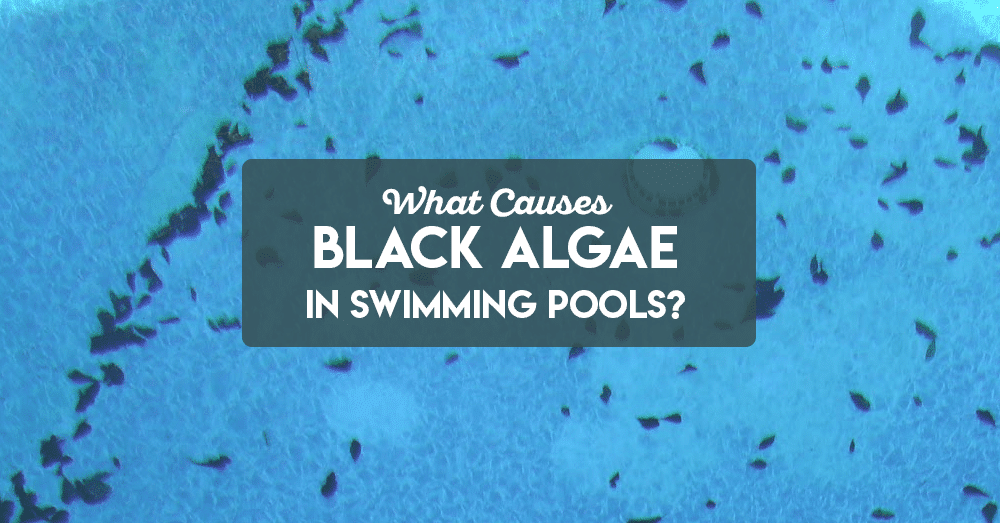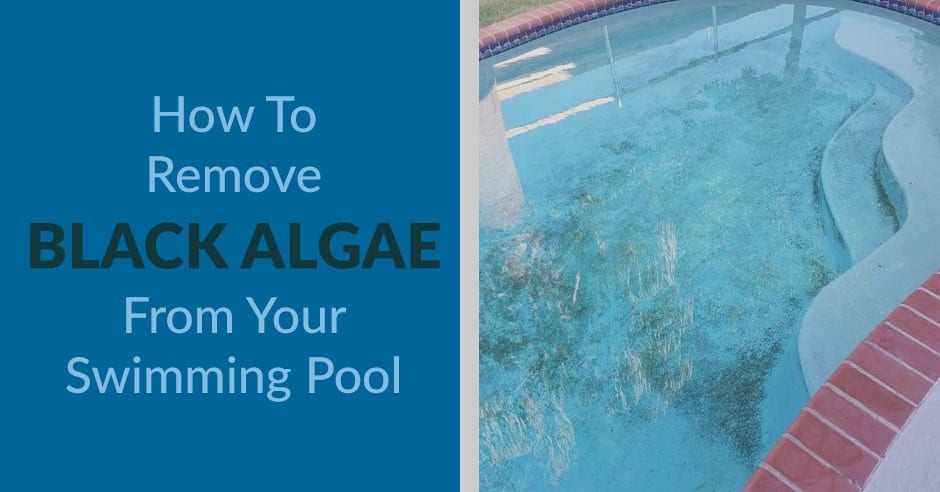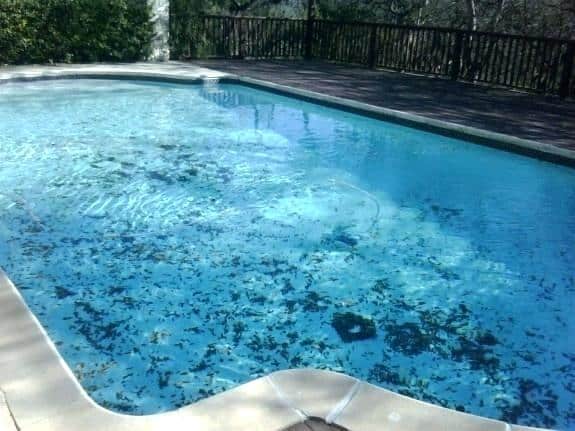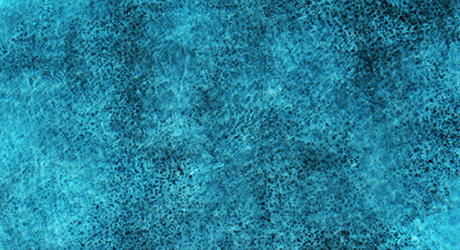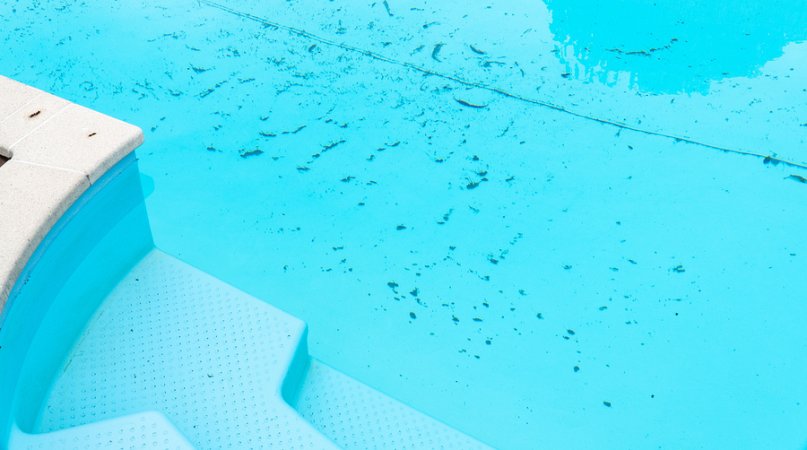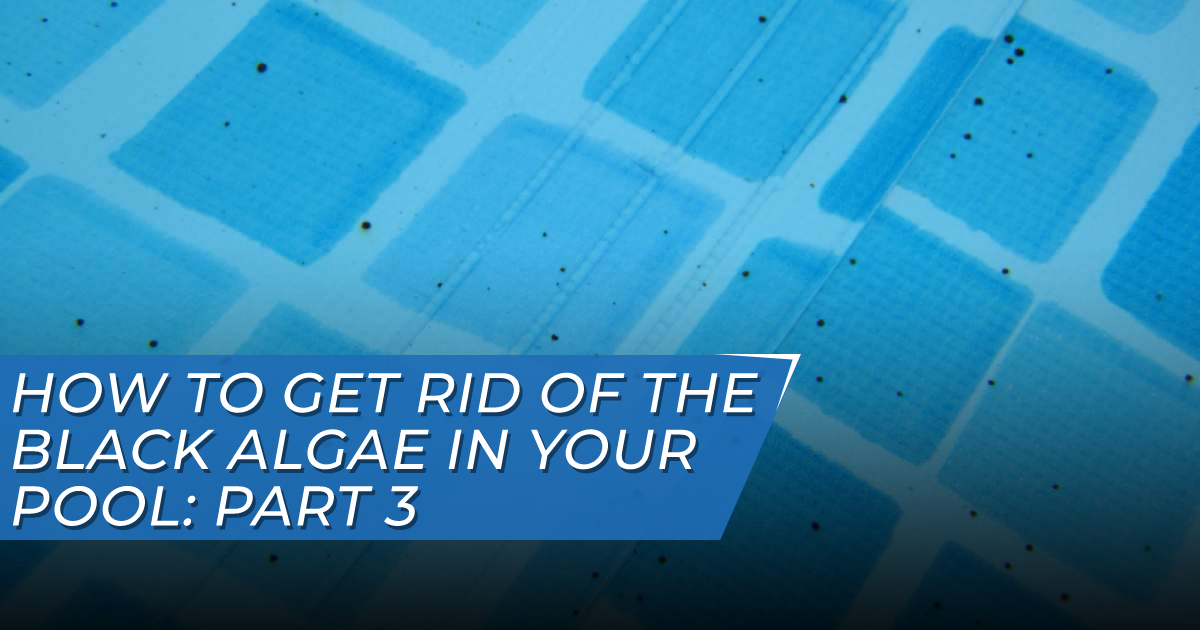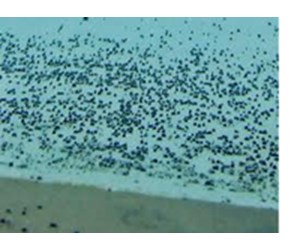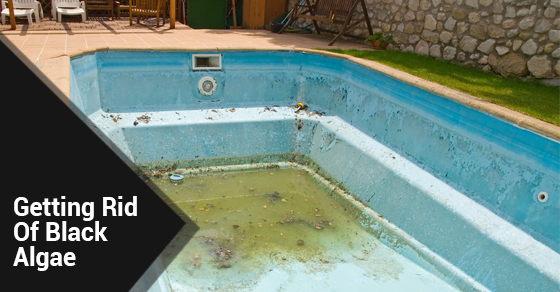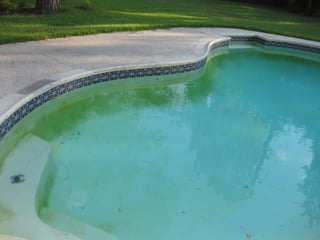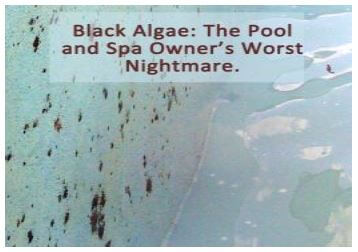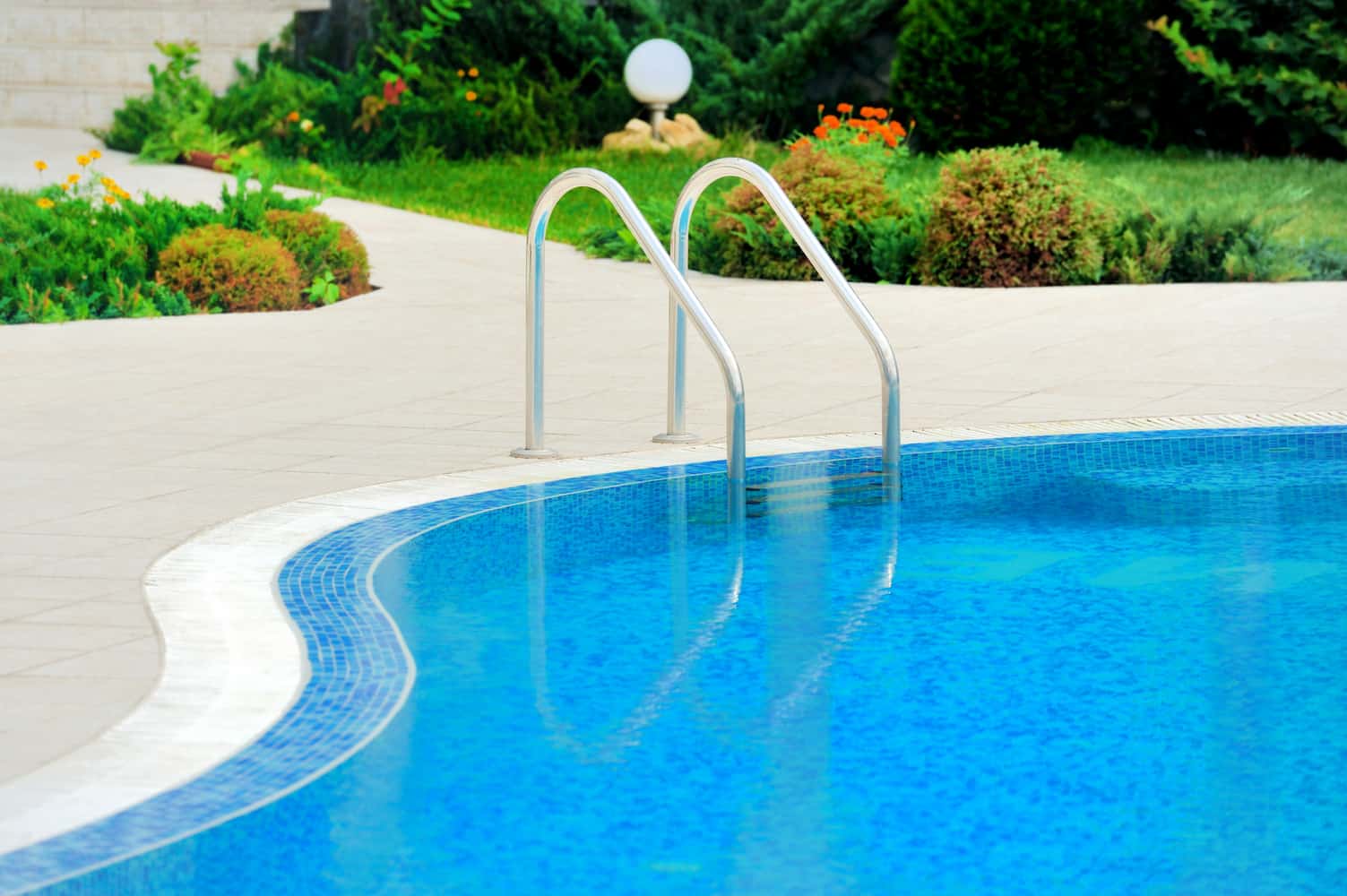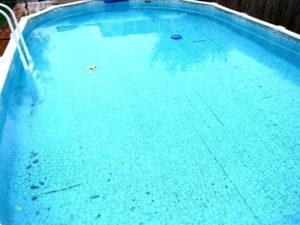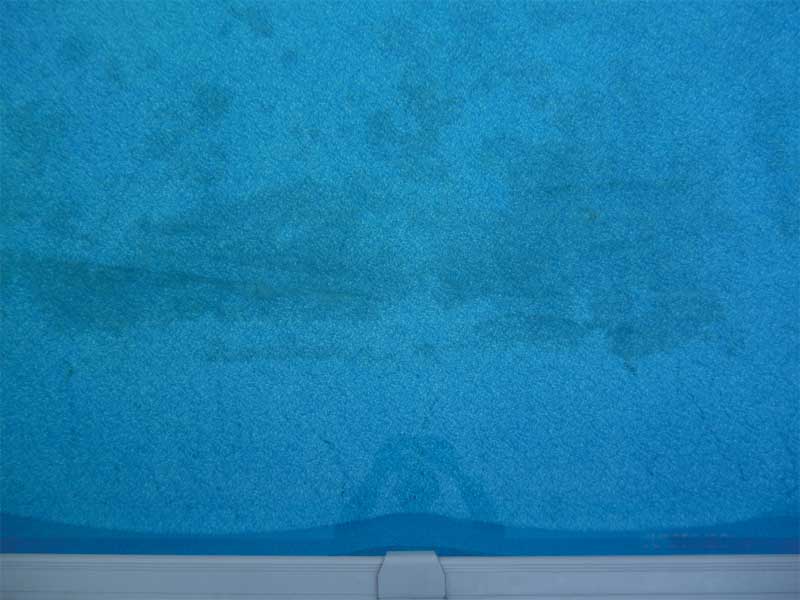What Causes Black Algae In Pools
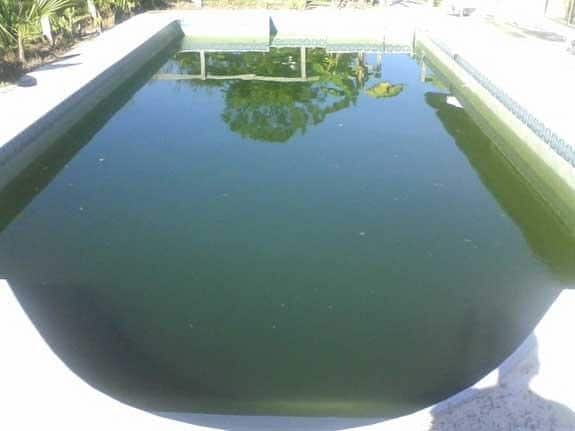
It s related to spirulina another type of blue green algae and to red algae which also grows in swimming pools.
What causes black algae in pools. This makes it difficult to get rid of and if there is extensive damage to your pool liner opt to get a replacement before next season. None are true algae but classes of bacteria that manufacture their own food by photosynthesis. Following a black algae hit scrub it down four times throughout the following day. But the normal treatment for black algae.
This type of algae forms in a layered structure with the outermost layer protecting the lower layers. Black algae have deep roots that work their way into. And it s hard to get rid of because its roots grow into cracks in the cement and don t like to let go. Chlorine wash the surface.
Focus on the spot where the algae first appeared and work outwards from there. If you have black algae in your pool you have black algae in your filter. Vacuum up debris and once the problem is under control replace the filter media because black algae likes to harbor inside of filter sand and cartridge material. If there s only a small amount of black algae in the pool you can probably get away with backwashing your pool filter for sand or de filters or rinsing the filter cartridge.
Drain the pool acid wash the surface neutralize and pump out waste water. Black algae will appear as dark black or blue green spots usually the size of a pencil eraser tip up to the size of a quarter. Black algae grows in localized areas such as along one wall in the deep end in a corner or around obstacles such as steps indicates an area of poor circulation and poor sanitization. Responsible pool owners brush their pools on a regular basis.
It appears as dark black spots on the walls and floor of the pool and is slippery to the touch. If the algae problem is extensive use a filter cleaner rather than just plain water. It s an example of a cyanobacterium. After an encounter with algae particularly black algae you might want to replace parts in your pool.
The protective layer that forms on black algae makes the algae otherwise impervious to regular sanitizers so you must brush the algae to break through this layer so that chlorine and algaecides can kill the organism. This algae may appear black in the pool but when you retrieve a sample and rub it on a piece of white paper you ll notice a greenish tinge. Black algae is a thread like growth that develops on rough surfaces in swimming pools. Black algae are living growing organisms that unless taken care of quickly can overtake your pool and cause severe structural damage.
Remember black algae have deep roots that can penetrate the walls of your swimming pool. Black algae is the common name or term given to the dark blue green algae found growing on pool surfaces. Pressure wash the surface.
